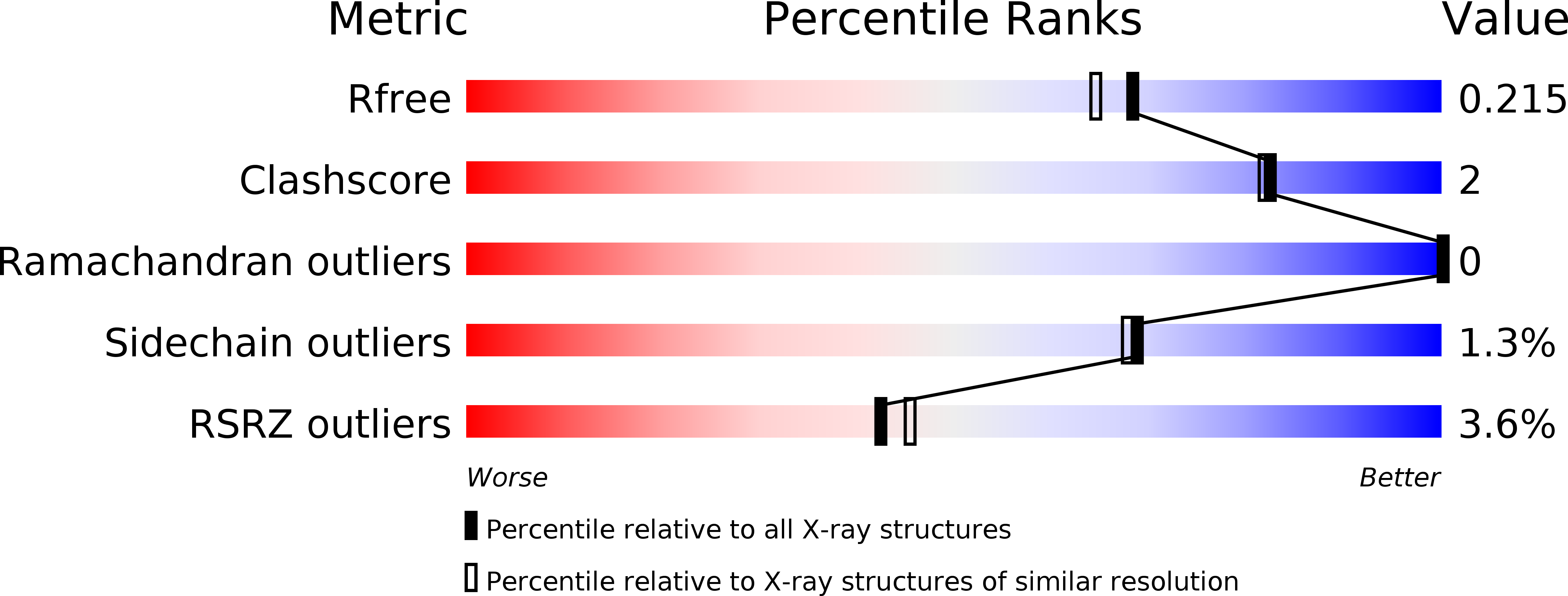
Deposition Date
2014-02-15
Release Date
2014-04-16
Last Version Date
2023-09-20
Entry Detail
PDB ID:
4OUC
Keywords:
Title:
Structure of human haspin in complex with histone H3 substrate
Biological Source:
Source Organism:
Homo sapiens (Taxon ID: 9606)
Host Organism:
Method Details:
Experimental Method:
Resolution:
1.90 Å
R-Value Free:
0.21
R-Value Work:
0.16
R-Value Observed:
0.16
Space Group:
P 21 21 21


